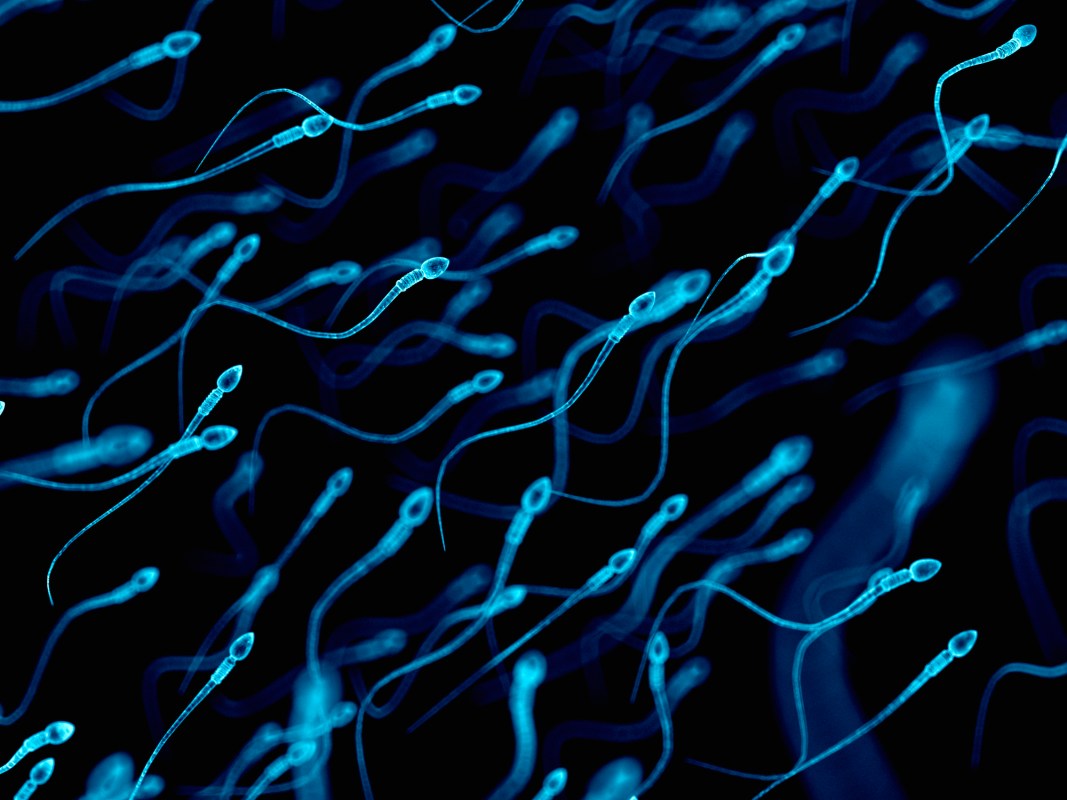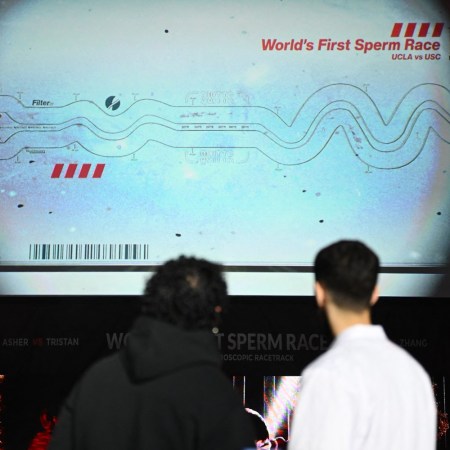Wimpy swimmers need not apply! New evidence found by scientists reveals that female’s reproductive tracts are shaped in a way that stops weak sperm from reaching the egg.
Using computer simulations and small-scale models, scientists were able to show that pinch points, known as strictures, on the path from cervix to egg act like gates, only allowing the fastest sperm through.
“The overall effect of these strictures is to prevent slow sperm from making it through and to select for sperm with highest motility,” Alireza Abbaspourrad, a chemist and lead author on the study at Cornell University in New York, told The Guardian.
Although the sperm’s swimming skills have been studied in the past, the Cornell researchers specifically studied what happens when sperm reach these ultra-restrictive pathways.
“If you look at the anatomy of the reproductive system in mammals, you can see that the dimensions of the canal that leads to the egg is not constant,” Abbaspourrad explained. “At some points it is extremely narrow so that only a few sperm can pass while others fail.”
“The shape of the path leads to an accumulation of the sperm such that the faster sperm stay closer to the stricture and to each other while the slowest sperm are swept back by the flow and spread further apart.”
Thanks for reading InsideHook. Sign up for our daily newsletter and be in the know.

















